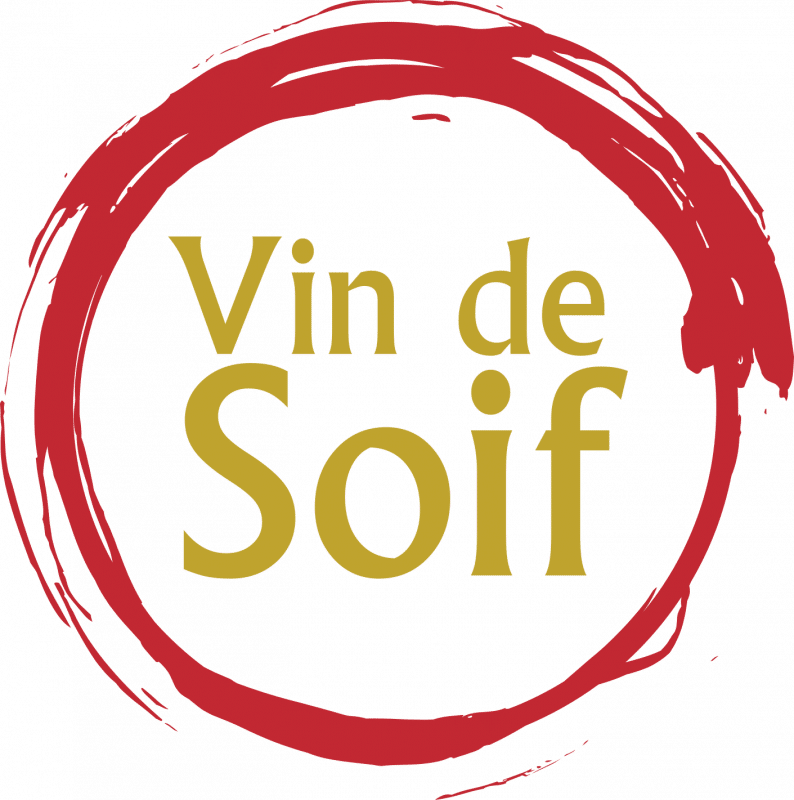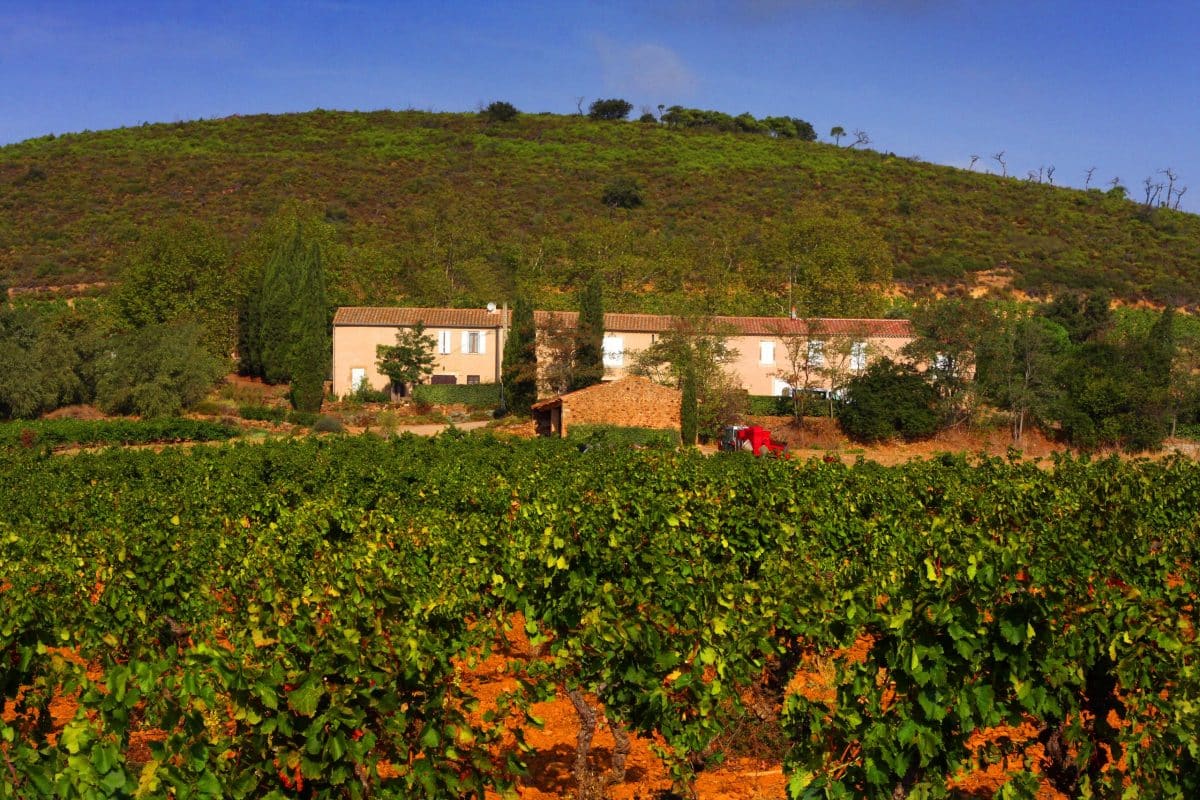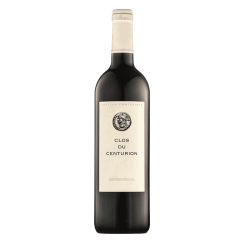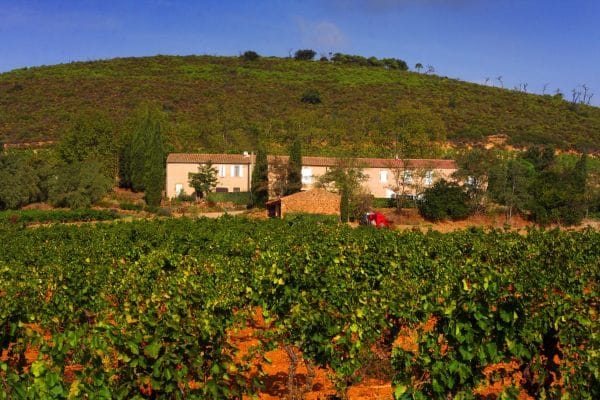Offerings
Clos du Centurion – Alluring Red from the South
I want to introduce you to Clos du Centurion, a new discovery from the South of France, the 2017 Domaine de Fontsainte Corbières-Boutenac “Clos de Centurion”. If you think the name is a mouthful, wait until you taste the wine!
I was excited to return to Europe after a 30-month hiatus, and my first port of call was to have been Burgundy. However, while scheduling visits, vignerons repeatedly told me they had no any excess wine. The killer Spring frost of 2021 reduced production by 50% so availably was limited. “Try next year” they all said.
I had just been to a South of France tasting in New York and tried some great wines I was keen to follow up on. I made a quick itinerary change to explore some vineyards in the area around Narbonne. This was auspicious, as I was introduced to a talented winemaker carrying on his family tradition, Bruno Laboucarié of Domaine de Fontsainte.
The Corbières region is vast, stretching from Narbonne in the East to Carcassonne in the West, and responsible for almost half of Languedoc’s AOC wine production. Domaine de Fontsainte lies in the heart of the appellation, around the hamlet of Boutenac. This area is known as the “Golden Crescent”. It is the sunniest part of the appellation, enjoying perfect south-southeast exposure and protection from the cold, northeast winds by a large 500-hectare forest. Wines from the cru of Corbières-Boutenac are very high quality. The soil here is extremely poor and drains away what little rain falls. Wild rosemary and lavender dot the desolate landscape. These are ideal conditions for wine.
The Romans originally planted vines in the area, and artifacts found in the vineyards, such as this old coin dating from the time of Marcus Agrippa in 25 CE, are a testament to their antiquity. Bruno carries this coin in his pocket to remind him of the history he is part of. Vines in the walled field in front of the domaine date back to 1904. This is where the grapes for the Clos de Centurion are grown.
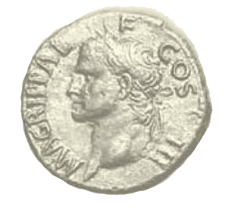
The Clos du Centurion is a blend of 60% Carignan, 30% Grenache and 10% Syrah grown in the four best parcels of the domaine. Grapes are meticulously harvested and sorted by hand, and the Carignan undergoes a partial whole cluster fermentation. This process gives a mellow, spicy structure and imparts lifted, floral aromas (usually rose petal) since a certain amount of intercellular (ie. carbonic) fermentation takes place. The wine rests in cement tank for 6 months and 60% of it is racked into barrel for another year while the remainder stays in cement.
More Things About Clos du Centurion
What I love about the Clos du Centurion is its elegance, despite being a Carignan-based wine with 14.5% alcohol. The nose is fruity, spicy and mineral-driven with salty black licorice, dried rosemary and thyme. The palate replays ripe black fruit from the nose (blackberry, blueberry) and is kept fresh by bright, yet soft acidity. The seam of wet stone that runs from start to finish, highlights the terroir of this cru and the deft hand of the winemaker. The tannins are remarkable: present, but mouth-filling and coating. They don’t cry out for some piece of protein to tame them, but they are more than a match for a bowl of Cassoulet. This is drinking well now, but it will continue to improve over the next 8 to 12 years. Enjoy with roasted meats, game, braised white beans and mature cheeses.
I think you will enjoy it as much as I did. You can order here.
